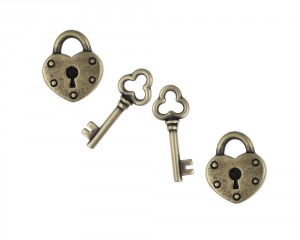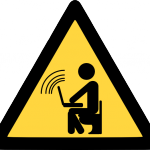 [English version below]
[English version below]
Come avete letto nel post precedente a causa di un bug in alcune implementazioni della libreria OpenSSL è stato necessario cambiare i certificati che utilizziamo per le connessioni SSL, per esempio per accedere alla webmail.
Purtroppo questo non basta, ora tocca a voi fare la vostra parte, è tempo di cambiare la password se non lo avete fatto nelle ultime ore: è tecnicamente possibile che, prima che il bug fosse noto ed i nostri sistemi aggiornati, qualche malintenzionato possa aver carpito la vostra password sfruttando questo bug!
Come creare una nuova password, un esempio possibile
Per le password che dovete tenere a memoria: prendete le iniziali delle parole di una frase che ricordate bene e mescolatele a numeri e segni di punteggiatura secondo un vostro criterio personale.
Suggerimenti per la gestione delle password
Per non dimenticare le vostre password e non essere costrette o costretti a sceglierne di facili e insicure, potete usare un “password manager”. Ci sono vari programmi di questo tipo, come ad esempio Keepass. Questi programmi vi consentono di generare password molto sicure, memorizzandole tutte in un archivio criptato. In questo modo dovrete ricordare a memoria solamente la password del password manager (e questa dovrà essere molto sicura!)
Siamo certi che seguirete il nostro suggerimento, ne va della vostra sicurezza!
English version
As you’ve probably read in the previous post, due to a bug in the OpenSSL library we had to change the SSL certificates for our encrypted services. Unluckily, this is not enough. Now it’s your time to do the next move, it’s time for you to change your password, if you haven’t done so in the past few hours! There is the technical possibility that, before this bug was publicly disclosed and a fix was available, someone could have captured your credentials while you were logging in.
How to create a good password, a possible advice
For those passwords you have to remember: take the initials of each word of a sentence you can easily remember, and mix them with numbers and punctuation following your own personal criteria.
Some advice on storing your passwords
To avoid forgetting passwords, and to avoid having to choose an easy (and insecure!) one for this reason, you could use a Password Manager. There are several programs to do this, for example Keepass among others. These programs let you choose very secure and hard to memorize passwords since the Password Manager will keep them for you in an encrypted archive, so you’ll have to just remember the password to access the Password Manager itself (so please, at least make this one very secure).
We are sure you’ll take our advice as it’s YOUR security at risk!




